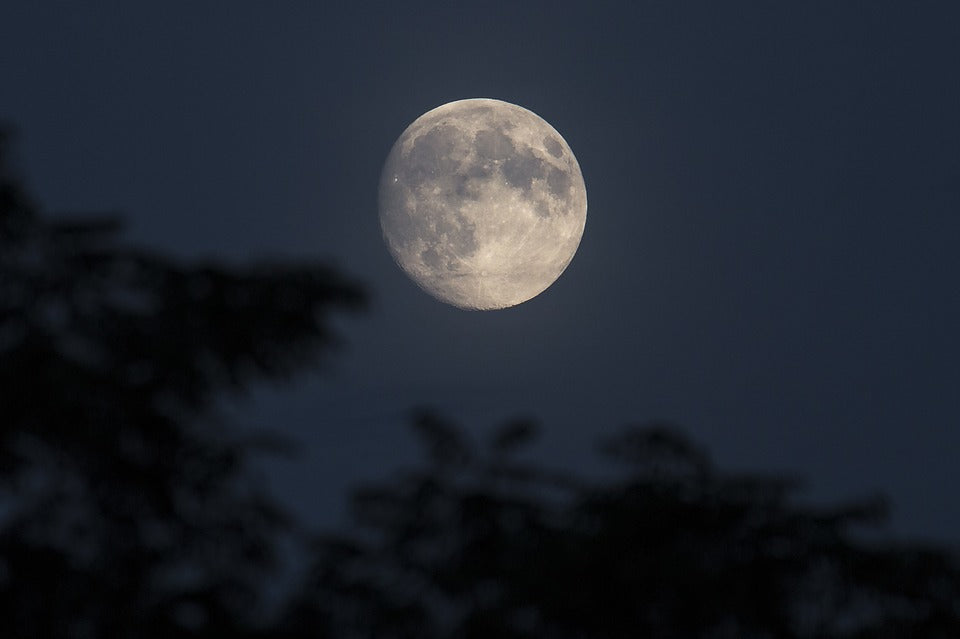Offer
Provide additional details about the offer you're running.
Provide additional details about the offer you're running.
Provide additional details about the offer you're running.

As we head into the mid-section of the month of August, many of our backyard birds are busy either departing or beginning to prepare for their imminent southerly departures. While most of us refuse to believe the dog-days of summer are behind us, the fact is; fall is approaching us faster than we might think.
As the shorebirds began to move earlier in the summer, warblers and other songbirds are preparing to depart our area in the very near future. As one of the most exciting times of the year for birders, fall migration is a great time to get out and spot large flocks of birds such as raptors as they begin their southern journey on the major flyways.
What might come as a surprise to most is that a large portion of our beloved backyard birds leaves us under the guise of night, leaving us with an empty feeling the following morning, missing the opportunity to say goodbye.
Given the difficulty of assessing how many birds and which species of birds are departing under the night sky, researchers in 1952 conducted a large-scale study of over 1,300 birders and astronomers positioned in 265 observation points across every state except Hawaii, Alaska, Maine, Nevada, Utah combined with three positions in Canadian provinces as well.
Between October 1st and 5th of that year, participants counted a total of 35,407 migrating birds, silhouetted against the full moon.
What Species Migrate at Night?
Generally speaking, the following species have been recorded consistently migrating at night:
There are also those species who have been recorded both migrating at night and during the daylight hours:
How Do Birds Navigate at Night?
Initially believed to be guided by the moon, research has concluded that the moon, in fact, has very little to do with aiding migrating birds with navigation in the dark. Numerous studies have revealed that, like sailors, birds utilize the stars when navigating, utilizing the North Star and a number of constellations to help them find their way south.
High Quality Blend